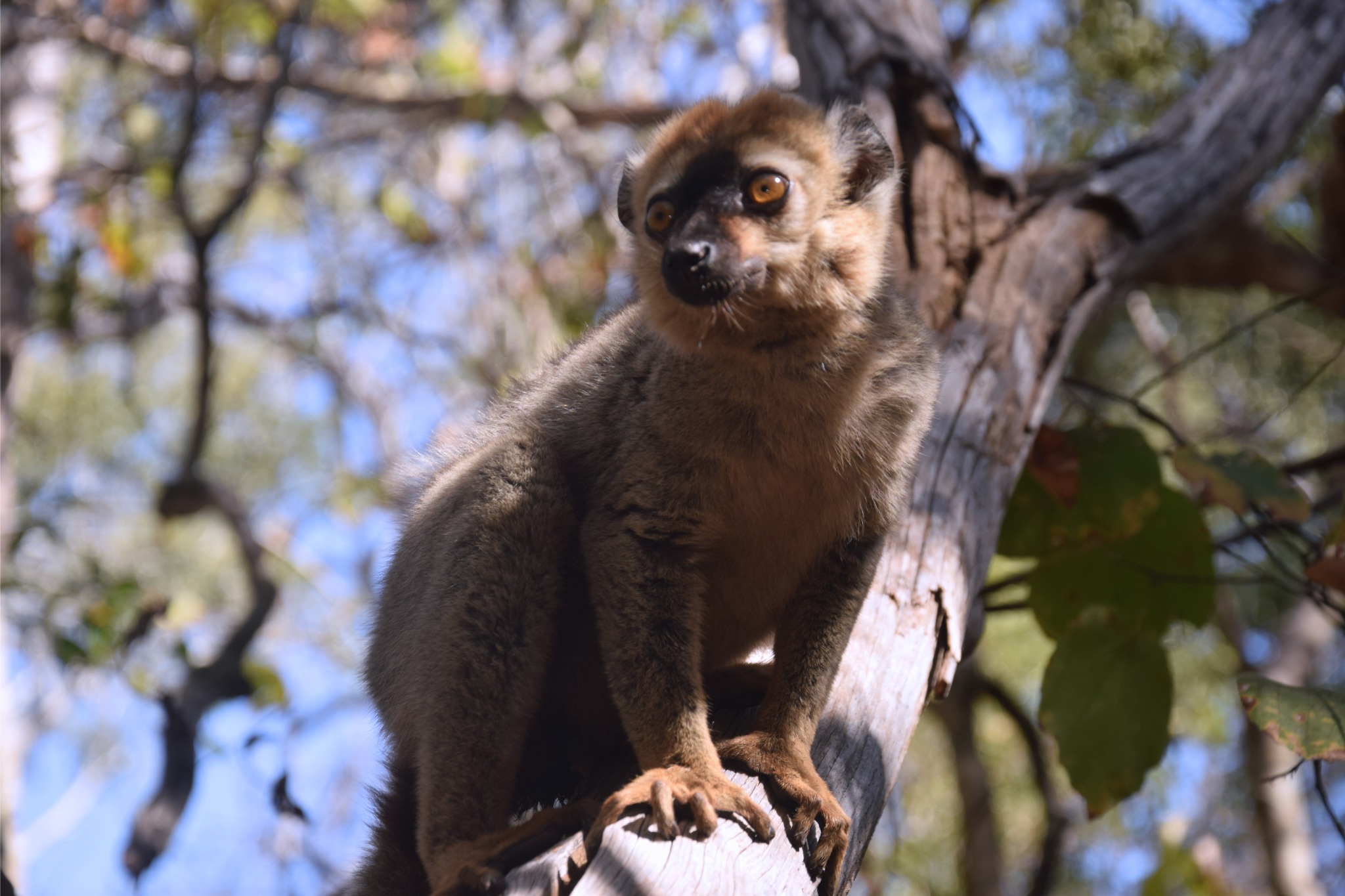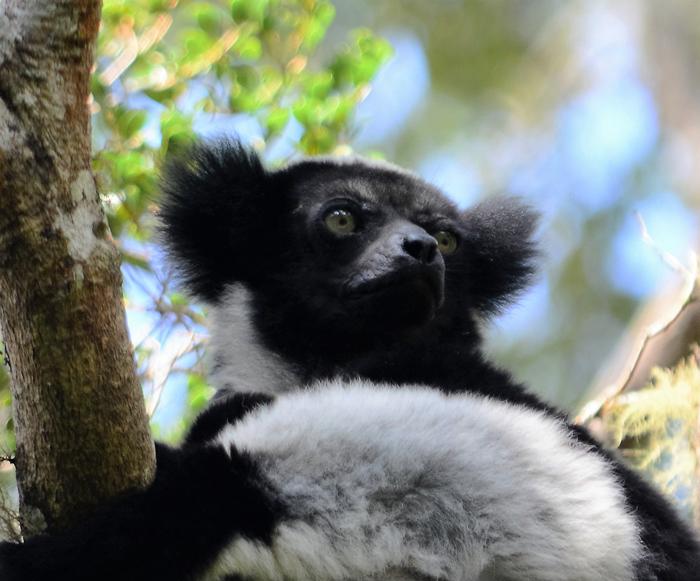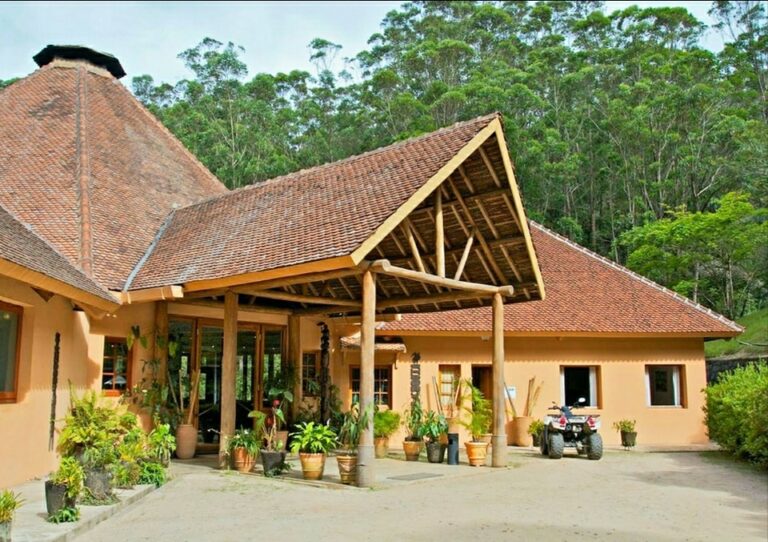When traveling to Madagascar, people often – even today – talk about observing lemurs in their natural habitat. It’s actually become quite trendy, as lemurs are the emblematic animals of Madagascar, as if their presence were eternal and their environment untouched.
But the reality is quite different: out of 107 known lemur species, 103 are now threatened, including 33 critically endangered. These figures are more than just statistics — they reflect an urgent crisis.
Species on the Brink
The northern sportive lemur, with fewer than 50 individuals remaining, may be the most endangered primate in the world. The majestic Indri, famous for its powerful calls, sees its forest shrinking day by day. The greater bamboo lemur, the black-and-white ruffed lemur, the sifakas, and even the blue-eyed black lemur… all are caught in a vice of massive deforestation, poaching, and human poverty.
At this pace, some species could vanish within a few years.
And to be honest, we’re deeply worried about these precious treasures.
We Must Travel Differently — and Act
Every choice matters. As a traveler, you have a role to play. Eco-responsible travel is more than just a buzzword:
- It means refusing tours that exploit animals or contribute to habitat destruction.
- It means choosing local guides trained in conservation, who respect wildlife.
- It means staying in eco-friendly accommodations that support communities and protect forests.
- It means observing lemurs from a distance, in silence, without feeding or touching them.
Together, We Can Make a Difference
We keep saying it in 2025: tourism can be a solution, not a problem, if we act consciously.
By valuing nature, supporting local initiatives, and contributing to conservation projects, you become a guardian of preservation.
So yes, go meet the lemurs. But do it as a protector, not as a consumer.
🌿 To respect is to protect. To travel is also to commit.






